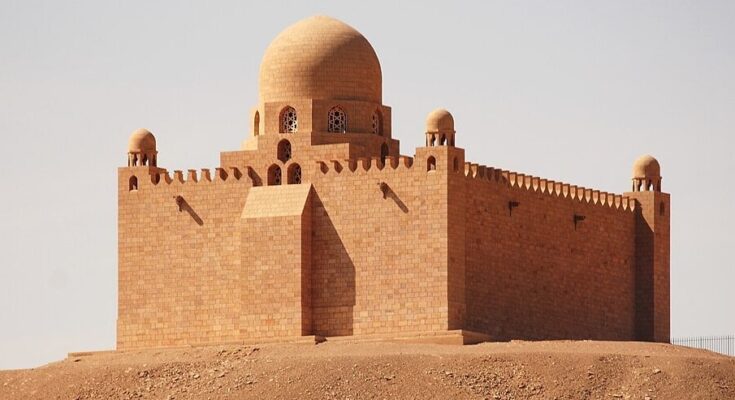Researchers from Egypt and Italy have made an exciting discovery near the Aga Khan Mausoleum in Aswan. They found several family tombs of which nobody was previously aware. These tombs date back to the Late Period and the Greco-Roman times.
Dr. Mohamed Ismail Khaled, Secretary-General of the Supreme Council of Antiquities, shared this news. He emphasized the importance of the discovery, noting it adds new history to the Aga Khan area.
Some of the tombs still have parts of mummies and funerary tools. These findings help us learn more about that time, including common diseases. Dr. Khaled also mentioned that this could lead to the discovery of even more tombs in the area.
Total of 33 tombs found from Greek and Roman eras
Dr. Ayman Ashmawy, head of the Egyptian Archaeology Sector at the Supreme Council of Antiquities, reported that about 33 tombs have been discovered. These tombs date back to the Late Period and the Greek and Roman eras.
Studies on the mummies’ remains show that around 30 to 40 percent of those buried there died young. This includes newborns and young adults.
Ashmawy also detailed the tombs’ architectural features. Some tombs feature a vaulted entrance that opens into a courtyard, enclosed by mud brick walls. Others are carved straight into the mountain rock, showcasing varied construction styles from the era.
Dr. Abdel Moneim Saeed, general supervisor of Aswan and Nubia Antiquities and director of the Egyptian Archaeological Mission, shared more details about the discoveries.
Inside the tombs, researchers found several mummies, including one of an adult, possibly a woman, and a child who likely died at one or two years old.
The two bodies are still together in a stone coffin, and the team will study them to learn about their relationship. Other items found include colored cartonnage fragments, clay figures, stone objects, wooden coffins, and offering tables.
Middle-class residents of Aswan island were buried
Saeed noted that the evidence suggests the middle-class residents of Aswan island were buried in this part of the cemetery. In contrast, the upper part was reserved for the upper class.
Researchers used the latest technology to study the discovered mummies. These analyses helped reveal details such as facial features, gender, age at death, and whether death was due to disease.
Dr. Patrizia Piacentini, professor of Egyptian Archaeology at the University of Milan and director of the Italian side of the mission, shared findings from preliminary studies on the mummies. Some individuals died young, ranging from newborns to those in puberty.
Moreover, evidence shows that some suffered from infectious diseases and bone disorders. Signs of amputation were found on the pelvises of some adult women, indicating bone trauma. Additionally, the mummies displayed signs of anemia, malnutrition, chest diseases, tuberculosis, and osteoporosis.



